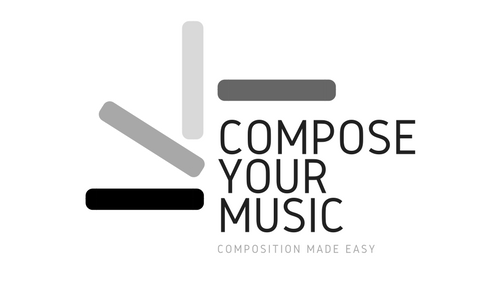The importance to study Counterpoint
What is Counterpoint?
For any student, but especially piano students, the Contrapuntal technique is, along with Harmony, the most important topic to study in order to grasp the concept of voice leading truly, and every Baroque piece was ever written! In our last post, we explained the difference and main topics between Counterpoint and Harmony. Now we will aim to explain all about Counterpoint.
You can also click on the link aforementioned and access the full article to learn all about Counterpoint, and keep on learning this subject with WKMT.
All piano tutors should incorporate at least some notions os Counterpoint in their lessons – if time allows – as this technique not only was used by renowned composers such as Johann Sebastian Bach (considered the father of Counterpoint) but every composer from Baroque to Contemporary music.
The study of Counterpoint allows the student to have a profound knowledge of the voice leading; this refers to the notion of how the melodies are combined, but also how to created or spot a balanced melodic line, to understand how a theme truly works and to discover the structure behind the ornamental.
Firstly, we should make a difference between two words that are related but not necessarily the same, as Mtra. Gisela Paterno says in her article: “The terms Counterpoint and Polyphony are intimately related, but the strict term counterpoint also encompasses procedures beyond polyphonic discourses.”
The study of Counterpoint refers to the elaborations of melodic contours and the relationship between the different voices that participate in the musical discourse.
Polyphony refers to the simultaneous combination of two or more tones or melodic lines (the term derives from the Greek word for “many sounds”). Thus, even a single interval made up of two simultaneous tones or a chord of three simultaneous tones is rudimentarily polyphonic.
Counterpoint began in Medieval times, had its development during the Renaissance, and peaked during the Baroque period, continuing through the ages.
The Contrapuntal technique opens a new world for any performer and gets us beyond music‘s grammar, its, let’s say, subtext.
Finally, for all musicians who want to undertake this challenge: the task at hand is hard but rewarding in the end.

